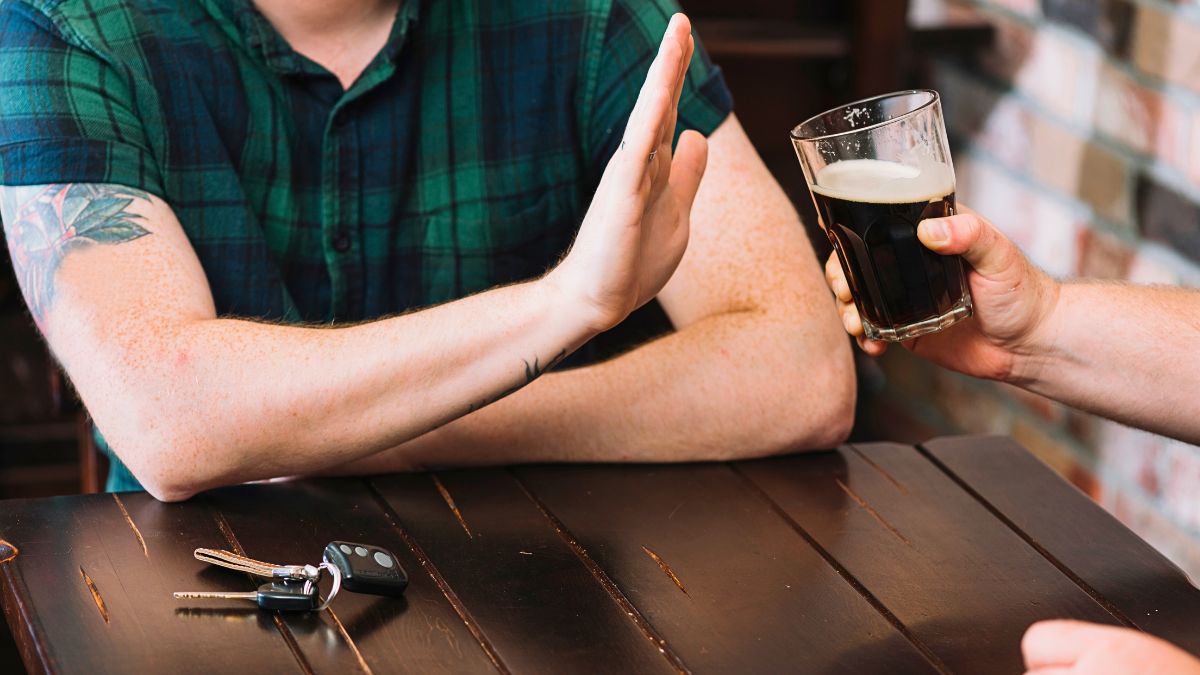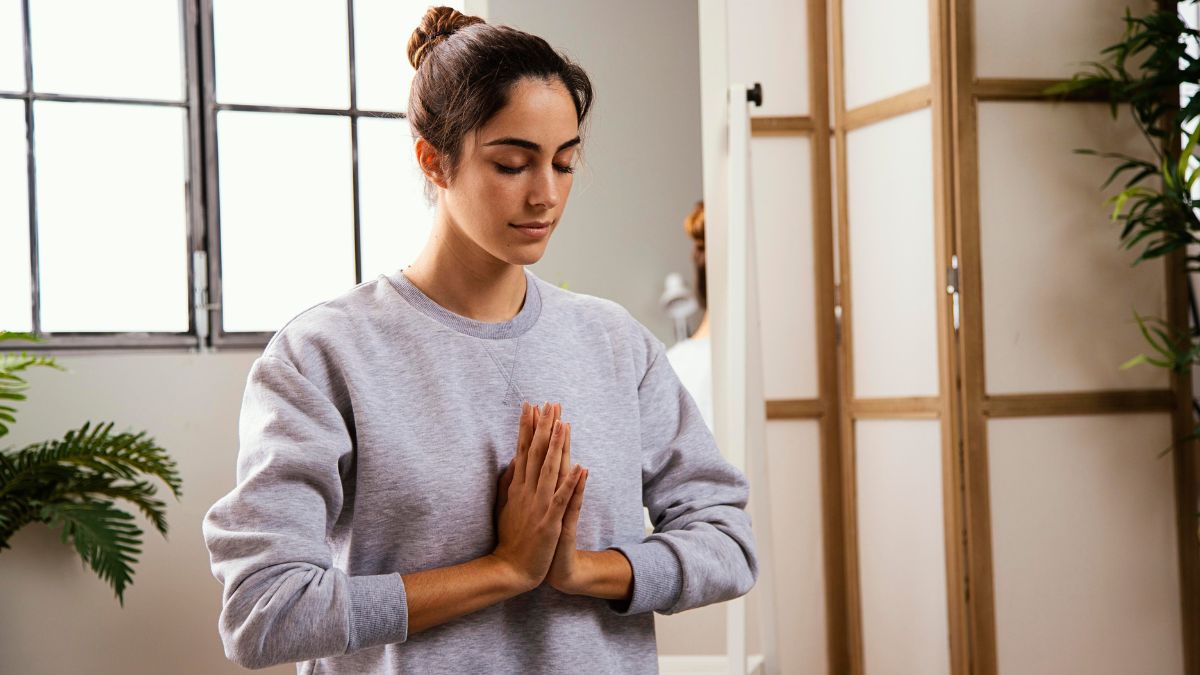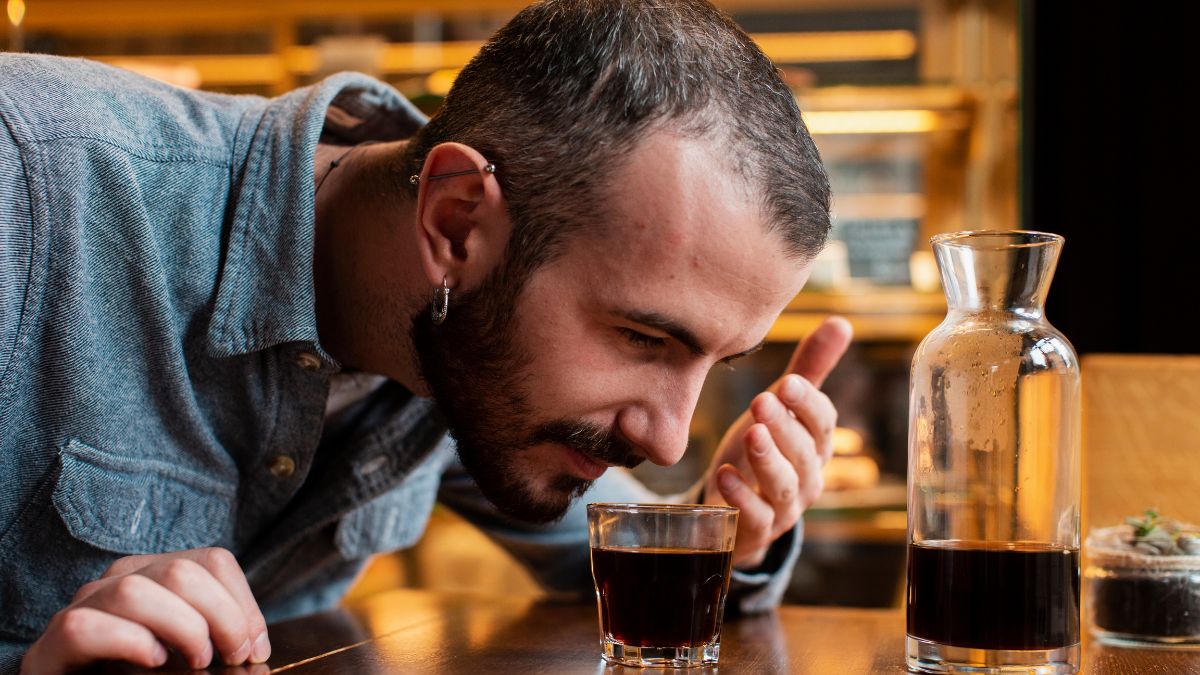Addiction doesn’t happen in a vacuum. Often, it’s tangled up in messy relationship dynamics—especially codependency. If you’ve ever found yourself obsessing over a loved one’s addiction, or if your self-worth feels tied to someone else’s well-being, you might be dealing with codependency.
Breaking free from addiction isn’t just about quitting drugs or alcohol. It’s also about healing the patterns that feed the addiction in the first place. That’s where knowing and addressing codependency becomes so important.
Let’s look into how codependency fuels addiction—and how to break the cycle for lasting recovery.
Knowing
Codependency is when someone’s sense of identity or purpose becomes wrapped up in another person’s needs, behavior, or approval. In addiction, this often looks like:
- Constantly rescuing or covering up for someone with a substance use disorder
- Neglecting your own needs while trying to “save” the other person
- Feeling guilty or ashamed if you set boundaries
- Defining your worth by how much you’re needed
It’s exhausting—and it creates a toxic loop where the addict keeps using, and the codependent keeps enabling.
Connection
So how are codependency and addiction linked?
It’s a two-way street. Addiction creates chaos and dysfunction, and codependency tries to fix it—but ends up making it worse. The addicted person relies on the codependent to avoid consequences. The codependent, in turn, feels needed and validated by “helping.”
In some cases, the codependent person may also struggle with addiction, using substances to cope with stress, anxiety, or rejection.
This cycle reinforces itself until one or both people decide to break free.
Signs
Think you or someone you love might be stuck in a codependent-addiction cycle? Here are some red flags to watch for:
- You feel responsible for another adult’s choices or emotions
- You ignore your own needs and boundaries
- You fear abandonment or rejection if you stop helping
- You enable destructive behaviors to avoid conflict
- You experience anxiety, guilt, or shame when saying “no”
Recognizing these signs is the first step toward recovery—for both the person with the addiction and the codependent partner.
Recovery
Breaking the cycle means healing on both sides. Here’s how:
For the person in addiction:
- Seek professional treatment (inpatient, outpatient, or therapy)
- Work on self-awareness through counseling or group support
- Identify and release unhealthy relationship dynamics
- Learn how to set boundaries without guilt
For the codependent:
- Join a support group like Al-Anon, Codependents Anonymous (CoDA), or therapy
- Rebuild a sense of identity outside of the relationship
- Set firm but compassionate boundaries
- Practice self-care without feeling selfish
Both people need space to heal individually. Without that, the relationship can remain stuck in old patterns—even if sobriety is achieved.
Boundaries
Boundaries are the secret weapon in breaking the cycle. They’re not walls—they’re fences with gates. They protect your emotional space while allowing healthy connection.
Here are some examples:
| Situation | Healthy Boundary |
|---|---|
| Loved one asks for money again | “I can’t give you cash, but I’ll buy groceries.” |
| They show up intoxicated | “I won’t engage with you when you’re using.” |
| You’re asked to lie or cover | “I won’t lie to protect your choices.” |
Saying no may feel uncomfortable at first—but it’s an act of love and self-respect.
Healing
Healing from codependency takes time, but it’s completely possible. The goal isn’t to become distant—it’s to build relationships rooted in mutual respect and emotional independence.
Simple practices can help:
- Journal about your feelings without judgment
- Spend time on hobbies that bring you joy
- Learn to sit with discomfort without trying to fix it
- Surround yourself with supportive, sober-minded people
Therapy can be especially helpful, offering a safe space to untangle past trauma and rebuild confidence.
Hope
The truth is, recovery is not just about quitting substances—it’s about changing how you relate to yourself and others. When both people in a codependent-addiction dynamic commit to their own healing, the results can be life-changing.
Codependency and addiction may be deeply connected, but they don’t have to define your future. With awareness, boundaries, and support, you can break the cycle—and build a life rooted in real connection and lasting recovery.
FAQs
What is codependency in addiction?
It’s when someone enables or depends on an addicted person’s behavior to feel needed or in control.
Can codependency affect recovery?
Yes, untreated codependency can lead to relapse or unhealthy relationships during recovery.
How do I stop enabling someone?
Set boundaries, get support, and focus on your own well-being.
What are signs of codependency?
Guilt when saying no, low self-worth, and feeling responsible for others’ choices.
Is therapy helpful for codependency?
Absolutely. Therapy helps you build boundaries, self-esteem, and emotional independence.










